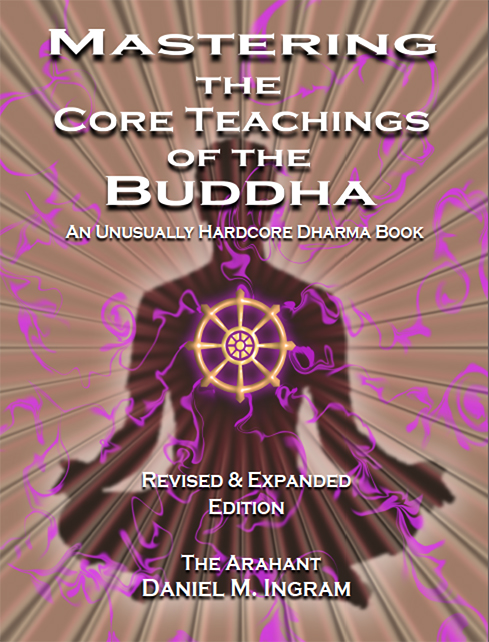The Fundamental Perception Models
← Time and Space Models | The Specific Perception Models →
Related to the non-duality models (and basically an extension of some aspects of the direct perception models) are the fundamental perception models, which are also useful for practice. I say “models” here because various traditions emphasize different qualities of phenomenal occurrence as being ultimate from a practice-oriented point of view. For instance, the Theravada uses the three characteristics of impermanence, suffering, and no-self, as you know well by this point. The Mahayana traditions (Tibetans specifically), may emphasize shunyata (emptiness of intrinsic existence), and the Vajrayana traditions may emphasize the union of bliss and voidness or space-like meditative equipoise. They may also talk about maha ati, mahamudra, rigpa, or express fundamental truths in some other way. I recognize these are complex terms that occur in specific practice contexts, and my treatment of these is superficial. My apologies to those well-schooled in these traditions who would have preferred more specifics here.
Many learn of these models and infer that enlightenment involves continuously perceiving these aspects in all sensations at a conscious level, so that every waking instant we are flooded with the sense of impermanence or luminosity or whatever as our dominant experience. While attempting to perceive this at all times is excellent practice advice, particularly when on retreat, were these models true, then realization would seem to involve flooding the consciousness of the individual with a ton of unfiltered and unfocused sensate information from all sense doors at all times.
While there may be moments or bursts of this sort of perception in enlightened individuals, this is not what finally happens, or at least not the way most would imagine it. The reasons for this are manifold, including that intensity and focus of sensate reality varies widely just like the rest of its specific aspects. With strong awareness of how things are, a process of identification stops, and the switch is thrown, as noted above in the non-duality models. By following the practice advice of the fundamental perception models, we may come to stop this process. A man asked the Buddha if he was continually aware of the fact that he was awake, and he said that he wasn’t, unless he paid attention to the awakened aspect of his sensate world, and then it was obvious.
However, as the Buddha said, do not imagine that you must continue to carry the raft once you have crossed the river. While awakened individuals can at a whim notice the true aspects of sensations, just as color is perceptible to a person with good eyesight (assuming they are not color-blind), so these aspects are clear to an awakened being to various degrees as they progress along the path. That said, just because a person can perceive something doesn’t mean that aspect is the dominant aspect of consciousness at all times. In short, the fundamental perception models are very useful for practice, but do not quite accurately describe the experiential result.

